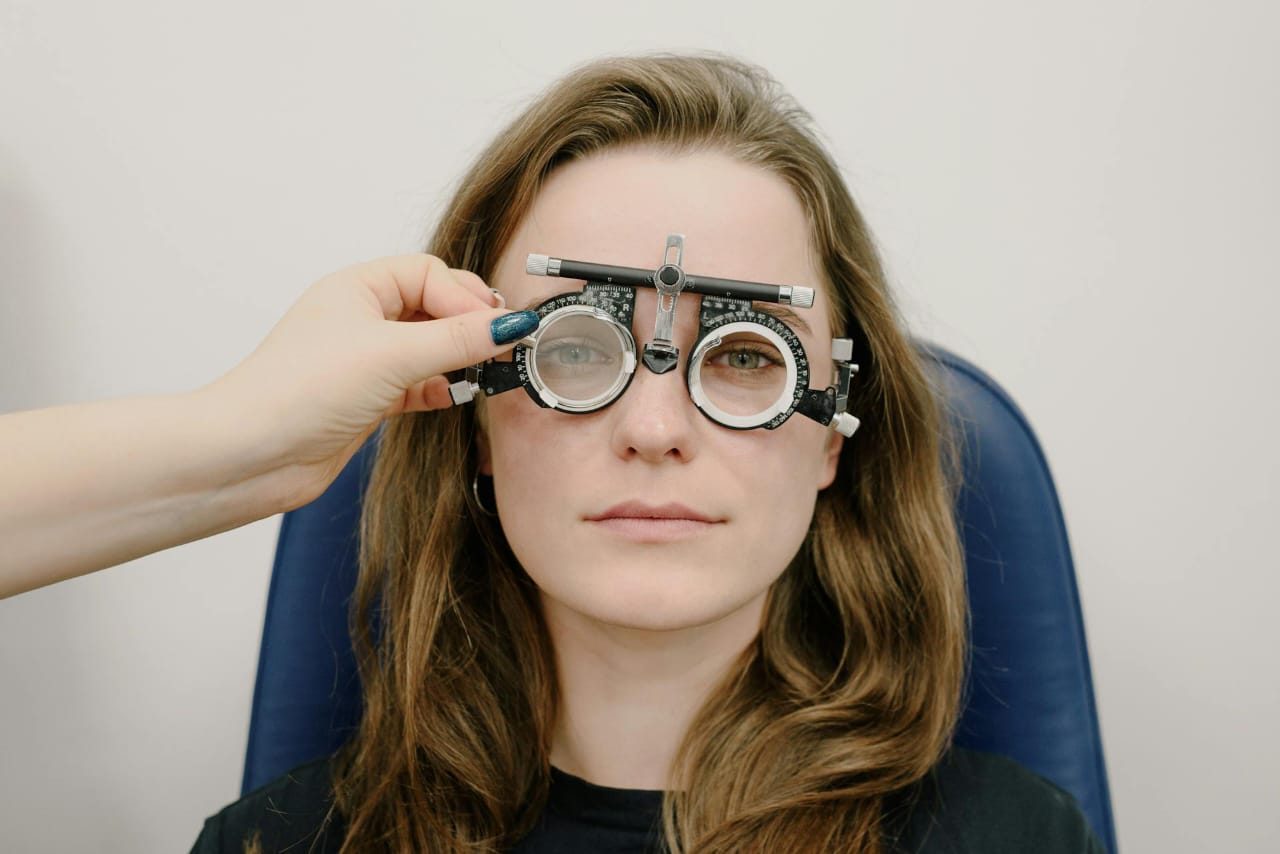Cataract surgery is a common and generally safe procedure aimed at removing cloudy lenses from the eyes and replacing them with artificial ones to restore clear vision. The surgery has a high success rate and typically involves a straightforward, minimal recovery period. This article will discuss the recovery timeline, what to expect during recovery, and tips for a smooth and effective healing process.
Recovery Timeline
Immediate Postoperative Period:
- Most cataract surgeries are performed on an outpatient basis, meaning patients can go home the same day after the procedure. Immediately after the surgery, patients might experience grogginess from sedation, and vision may be blurry or hazy; this is normal. Patients will need someone to drive them home and ideally stay with them for at least the first 24 hours.
First Few Days:
- In the first 24 to 48 hours after surgery, patients may notice mild discomfort, grittiness, itching, or mild pain, and light sensitivity. These symptoms are typical and usually subside within a day or two. Vision might improve noticeably within the first few days, but fluctuations in clarity are common as the eye adjusts to the new lens.
First Weeks:
- Over the following weeks, vision generally stabilizes, and comfort increases. It is crucial during this period to follow the postoperative care instructions provided by the surgeon, which include using prescribed eye drops to prevent infection and reduce inflammation.
Full Recovery:
- Most patients achieve full recovery and stable vision within four to six weeks after surgery. However, the exact timeline can vary based on individual factors, including overall health, the presence of any other eye conditions, and how well the post-surgical instructions are followed.
What to Expect During Recovery
Vision Changes:
- Immediately after the surgery, the vision may be blurry or distorted as the eye starts to heal and adapt to the intraocular lens. Within a few hours or days, clarity usually improves significantly.
- It’s common to see bright colors, as the patient is no longer looking through a yellowed lens. Some patients may notice a halo effect around lights or glare at night, which typically diminishes over time.
Physical Sensations:
- Mild discomfort, a sensation of a foreign body in the eye, or slight watery discharge can be expected. Severe pain is rare but should be reported to a doctor immediately.
Activity Restrictions:
- To avoid complications, patients are advised to refrain from strenuous activities, heavy lifting, or bending over, which can increase eye pressure. Swimming and submerging the head in water should be avoided for 1-2 weeks to prevent infections.
Tips for a Smooth Recovery
Follow Doctor’s Instructions:
- Adhering strictly to the eye care regimen prescribed by your surgeon, including taking medications and eye drops as directed, is essential for preventing infection and ensuring a smooth recovery.
Protect Your Eyes:
- Wear sunglasses to protect from bright light and UV rays, and use protective eyewear to avoid dust and debris, especially in windy environments.
Attend Follow-up Appointments:
- Keeping all postoperative appointments is crucial to monitor the healing process and catch any potential complications early.
Maintain Good Hygiene:
- Avoid rubbing or pressing on your eye, and ensure hands are clean when applying eye drops or touching the area around the eyes.
Watch for Warning Signs:
- Report any signs of complications, such as severe pain, vision loss, or significant redness and swelling, to your doctor immediately.
Recovery from cataract surgery is typically quick, with many patients resuming normal activities within a few days and experiencing substantial vision improvement shortly after the procedure. By understanding the recovery timeline, knowing what to expect, and following care instructions carefully, you can help ensure a successful outcome and swift return to daily life.

